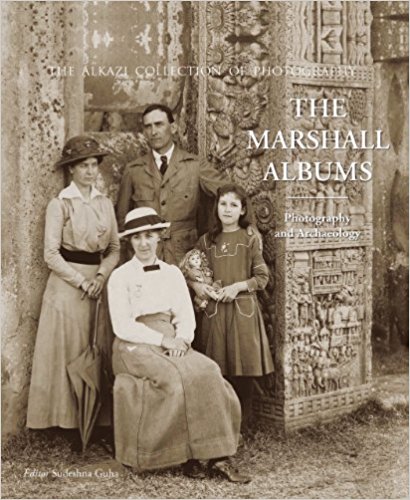As Director General of the Archaeological Survey of India (1902-28) and then Officer on Special Duty (1928-34), John Marshall carved out an extremely important place for himself in the history of Indian archaeology. His tenure is associated with increasingly systematic excavation and conservation activity, especially when compared with the rather haphazard activities of the Cunningham era. The highest point was his announcing the discovery of the Indus civilization to the world, but apart from Mohenjo Daro and Harappa, the Marshall era also saw excavations in many other major sites such as Charsada, Nal, Taxila, Bhita, Charsada, Nalanda, Nagarjunakonda, Mahasthanpur and Pagan. This was also the period when photography was increasingly used in archaeology, and this is the subject of this book. We have here a selection of photographs from three sets of ‘Marshall Albums’—those in the Alkazi Collection of photography and in the Universities of Cambridge and Durham, which form an exceptionally rich archive for the history of archaeology and photography.
The images are a visual treat, and range from photographs of Marshall and his family, to details of monuments and breathtaking panoramas of archaeological and scenic views.


61536 760620Hey! Nice stuff, do tell us when you post something like that! 67407
390543 839326Thanks for any other informative site. Where else may just I get that kind of info written in such an ideal method? 131272
884594 253327I dont leave lots of comments on lots of blogs each week but i felt i had to here. Do you need many drafts to make a post? 58112